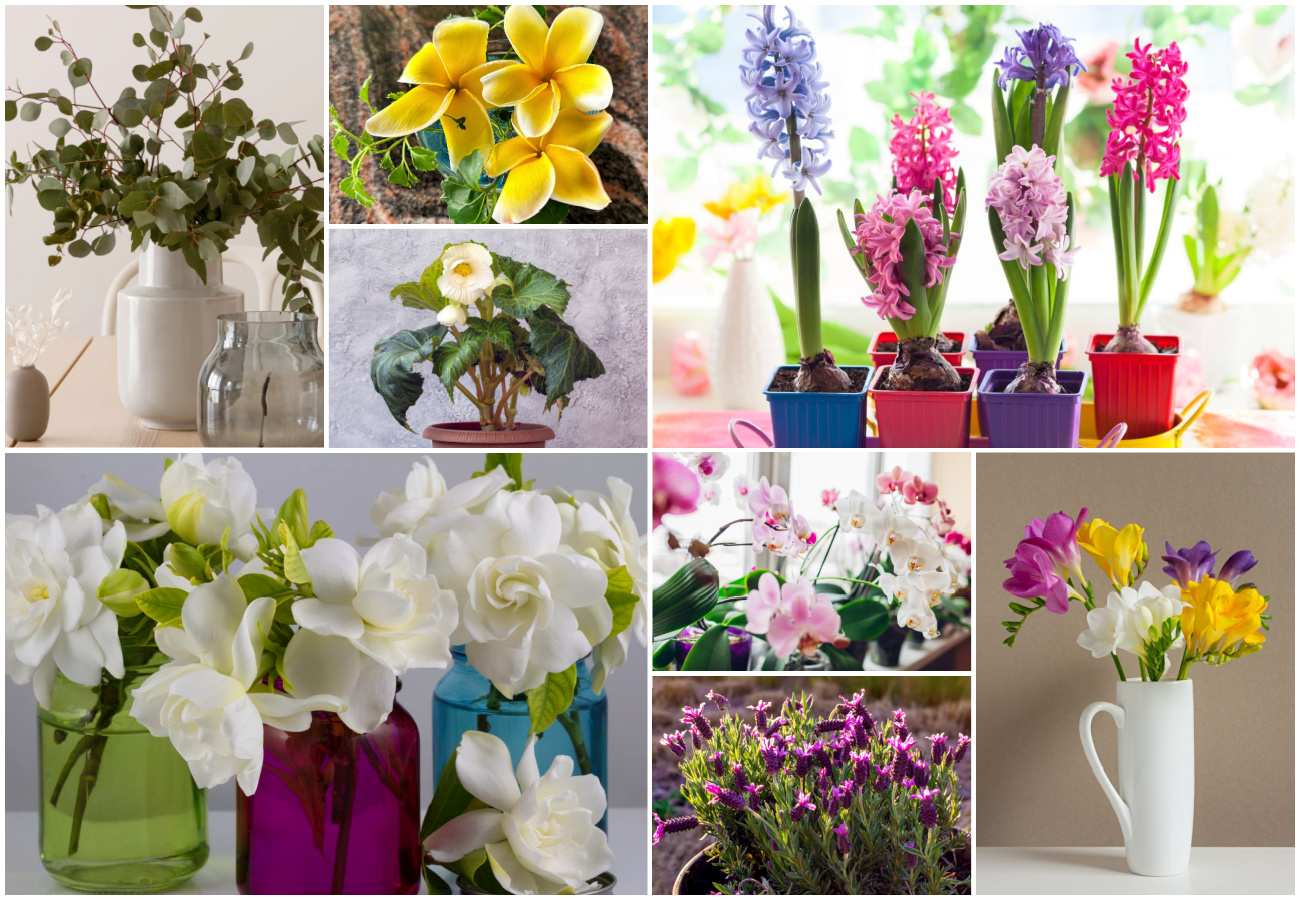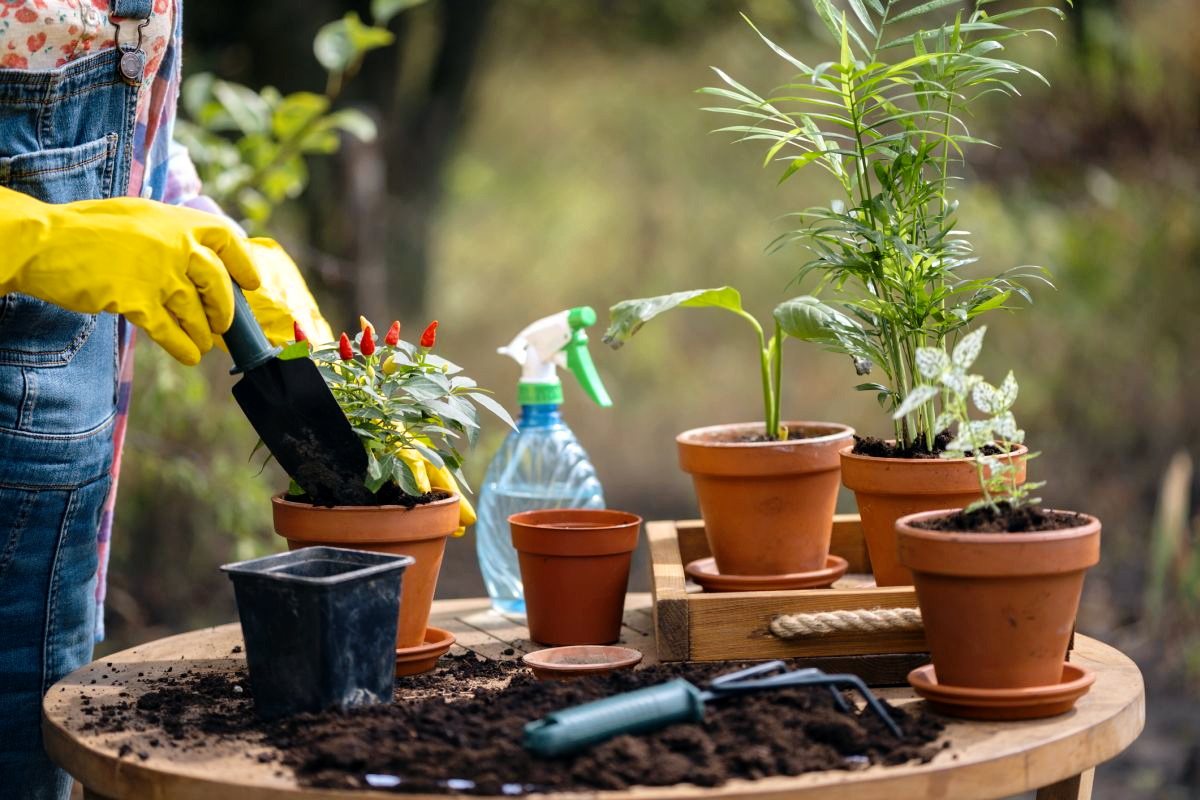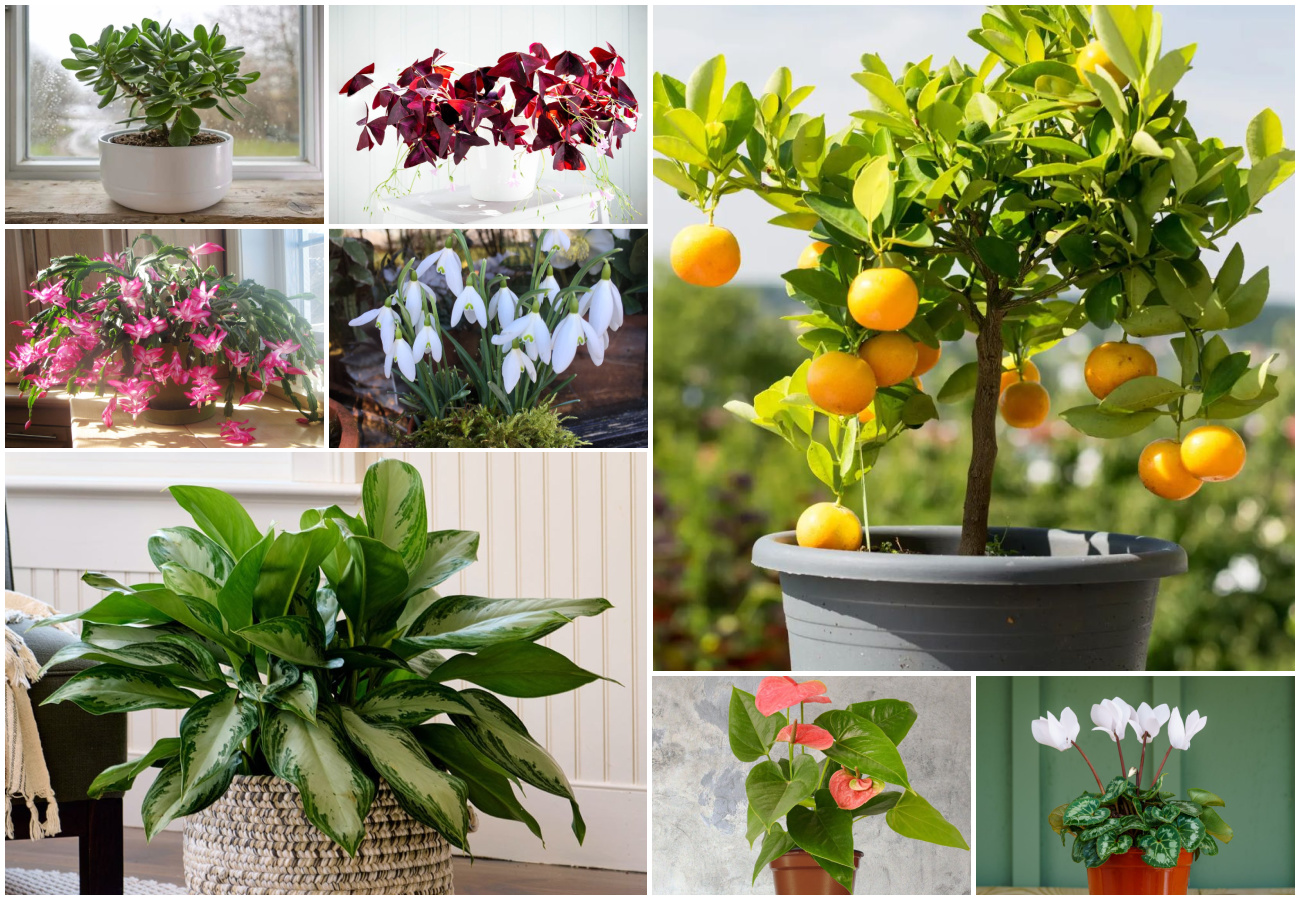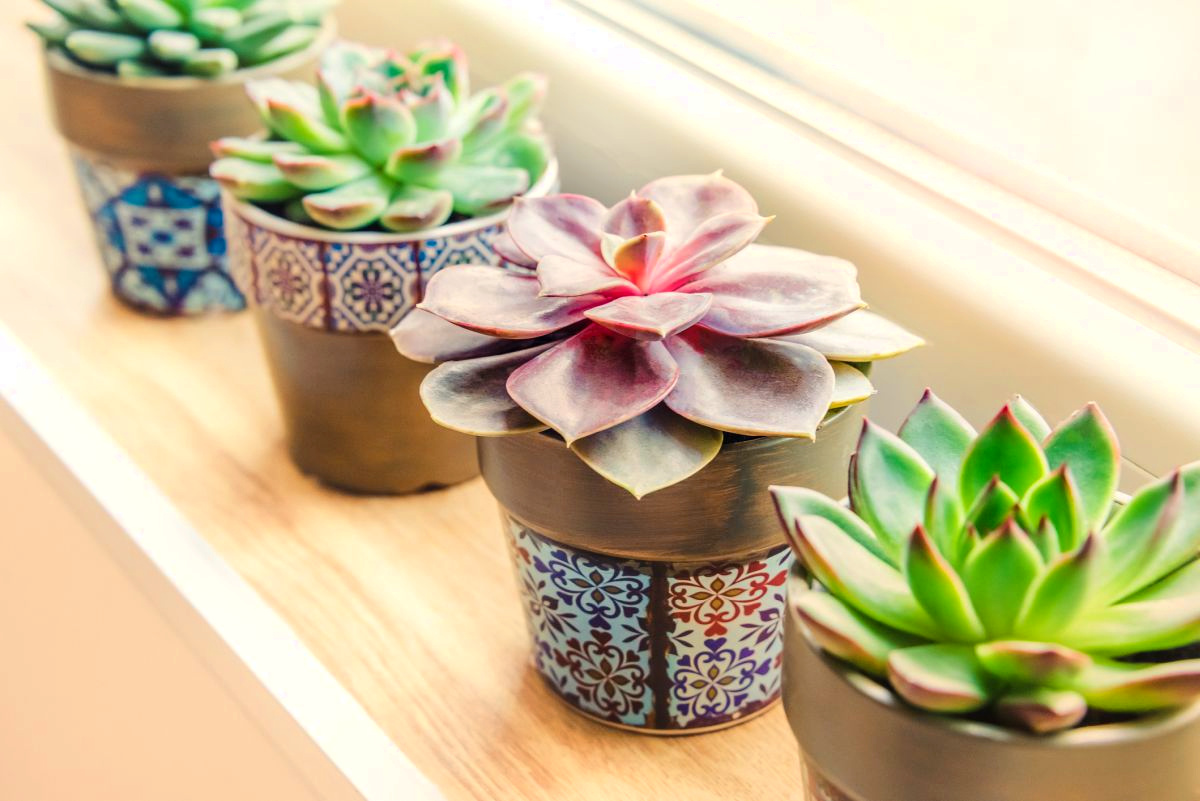The Angel Wing Begonia is one of the most recognizable Begonia plants. Native to Brazil, this plant is very easy to grow, second only to Wax Begonias. Begonias produce beautiful blooms and bring a splash of color to any room.
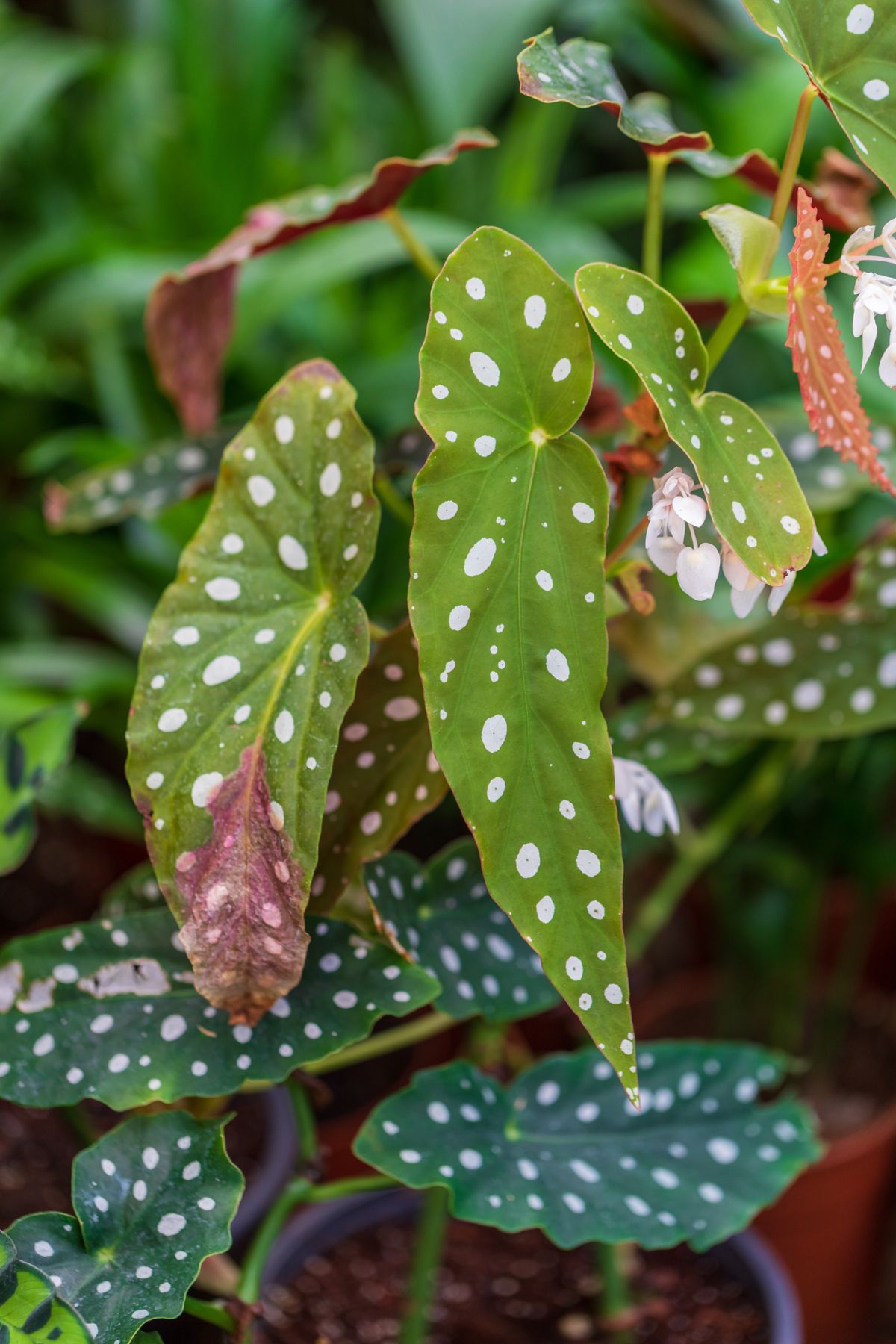
Angel Wing Begonia Appearance
The Angel Wing Begonia grows upright and reaches between 12 to 30 inches (30.4 to 76.2 cm) tall and 12 to 24 inches (30.4 to 60.6 cm) wide. The foliage top is green with dots of white and the undersides have reddish tones. The plant’s blooms are impressive and appear in summer and early fall. The flowers range in color from pink, red, white, or orange. Larger plants grown in pots need to be staked for support as the plant becomes heavy.
Angel Wing Begonia Care: Light Requirement
The plant prefers bright, indirect sunlight for optimal growth. Filtered sunlight through sheer curtains works well. Some direct, morning sun is acceptable but avoid all-day sun scorches the leaves. The plant does not like low lighting, as the lack of sun inhibits blooming.
Watering the Angel Wing Begonia
Water your Angel Wing Begonia once the top 1 inch of soil feels dry when a finger is inserted. When watering, water until the moisture runs through the pot’s drainage holes. Allow the soil to drain into the saucer, then dispose of excess water to avoid root rot.
Soil and Fertilizer
Proper Angel Wing Begonia care recommends growing your plant in potting soil with some organic matter, such as compost. Airy, light potting soil is not recommended as the heavy plant needs some support from sitting in the soil. Use an unglazed terra cotta or clay pot to allow for water wicking, which increases root health. Feed your plant once per week, during the summer and fall, with a liquid fertilizer diluted to ¼ strength.
Temperature and Humidity Levels

Ideal temperatures for the Angel Wing Begonia are between 65 to 75 degrees Fahrenheit (18.3 to 23.8 Celsius). Avoid temperatures below 50F (10C) as the cold damages the plant or can kill them. Cold drafts are also to be avoided. Begonias prefer high humidity. Supplement low humidity with either a humidifier or by placing a try filled with pebbles and water under the pot’s saucer. Placing the plant in a bathroom also helps give the plant the extra moisture it needs.
Angel Wing Begonia Propagation
Propagate this Begonia by cuttings in the spring. Use a pair of sharp and sterile shears to cut a 2 to 3-inch stem. Use rooting hormone on the cut end to increase success. Plant the stem in a pot filled with potting soil and water the soil. Place the pot in warm temperatures and indirect sunlight. Keep the soil moist until the roots become established and new growth appears. Once the plant begins to grow, care for the plant as you would a mature plant.
Common Pests and Diseases
Mealybugs and whiteflies are common pests to watch for on your Angel Wings Begonia. The insects feed on the plant, causing damage to the plant. Small infestations can be treated by wiping the insects away with a cotton swab dipped in rubbing alcohol. Damaged foliage also needs to be removed. For larger infestations, remove damaged leaves, then treat the whole plant with neem oil.
Watch for powdery mildew on your plant. The primary cause is often a lack of airflow around your plant. Wipe away the mildew with a cotton ball soaked in apple cider vinegar.
The Angel Wing Begonia is a hardy plant that rewards you with stunning blooms. The plant has straightforward care needs and is adaptable to most environments. Add this Begonia to your plant collection and enjoy them both inside and outdoors during warm weather.
Angel Wings Begonia FAQ
Yes, this Begonia does well outdoors in USDA zones 10 and 11.
Yes, Begonias are considered toxic and should be kept away from pets and children.
Brown edges are a sign of low water and humidity. Increase the watering schedule and adjust humidity if needed.
Pruning, in the winter and late spring, encourages fuller growth. When the plant is a year old, you can trim the plant down to 6 inches. Removing dead leaves throughout the year is also recommended.
Repot in the spring or summer. Begonias don’t mind being a little root bound, but once the roots are growing out of the pot’s drainage holes, it’s time to increase the pot size.

